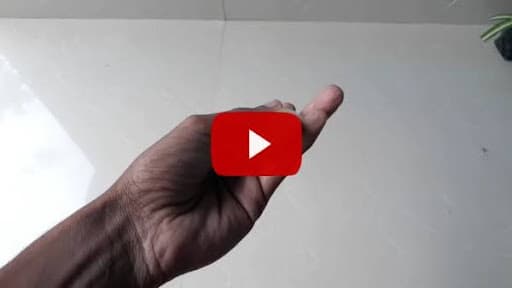How to Overcome Pain and Heal From Injury | Ep. 2
Dr. Tom Walters, a renowned physical therapist, introduces the foundational strategies for managing pain and injuries. Dr. Walters explores these concepts in detail during his first solo episode of the Rehab Science podcast.
Pain is often the primary concern when patients visit a physical therapist. During this initial phase, Dr. Walters explains various techniques used to alleviate pain and sensitivity, providing a framework for individuals dealing with current or prospective issues.
Effective interventions include practices like soft tissue mobilizations and isometric contractions, which help in reducing the immediate pain felt by the patient. The focus here is on keeping the body actively engaged to prevent loss of functionality.
Contrary to resting entirely, the podcast emphasizes the importance of maintaining mobility to avoid associated complications like loss of strength and coordination. It's moving but in a controlled manner that reduces sensitivity but doesn’t aggravate symptoms.
The second phase prioritizes recognizing and managing any impairments experienced in the muscular-skeletal system due to injury. This includes assessments using range of motion and motor control measurements to establish benchmarks for improvement.
Many physical therapy interventions here include assessing motor control and balance, helping the patient regain confidence in the money and building the basic scaffolding for reintroduction to daily activities with minimal risk of re-injury.
Building capacity is about more than just healing. Once pain and impairments are addressed, Walters insists on integrating resistance training for recovering structural integrity and function in muscles, tendons, and bones.
Notably, resistance training strengthens the system progressively, thereby fortifying it against future strains, sprains, and injuries. Concepts like progressive overload underscore the importance of gradually challenging the body to adapt and increase capacity.
"When tissues are stronger, they are less likely to fail. It's a foundational concept for building resilience in biomechanics," Dr. Walters explains.
Dr. Walters emphasizes having a strategic plan in place is instrumental for anyone dealing with or anticipating pain or injuries. This involves a structured approach of phases to navigate the inherently uncertain paths of injury and recovery.
+It’s about moving past apprehension and into action, using these techniques as a suitable guide for staying engaged with your rehabilitation journey, fostering empowerment in managing one's health and physical abilities through diligent execution of these frameworks, Walters concludes.
From Around The Web
Wellness Inbox is a blog & weekly newsletter that curates trending news and products related to health and wellness from around the web. We also gather content from various sources, including leading health professionals, and deliver it directly to you.
Please note that we may receive compensation if you purchase any products featured in our newsletter. Wellness Inbox is not affiliated with, nor does it endorse, any health professionals whose content may appear in our newsletter. The information provided is for general informational purposes only and should not be considered medical advice.
The information provided is not intended to replace professional medical advice, diagnosis, or treatment. All content, including text, graphics, images, and information available is for general informational purposes only. We do not guarantee the accuracy or completeness of any information presented and assume no liability for any errors or omissions. The content is subject to change without notice. We encourage you to verify any information with other reliable sources and consult your physician regarding any medical conditions or treatments.







